I initially hated backcountry winter camping, mostly because I wasn’t doing it right! Over the years I have learned some tips and tricks to make the experience more comfortable. I hope you find these helpful! Be sure to leave your winter camping recommendations in the comments section.
10 Tips for Winter Camping
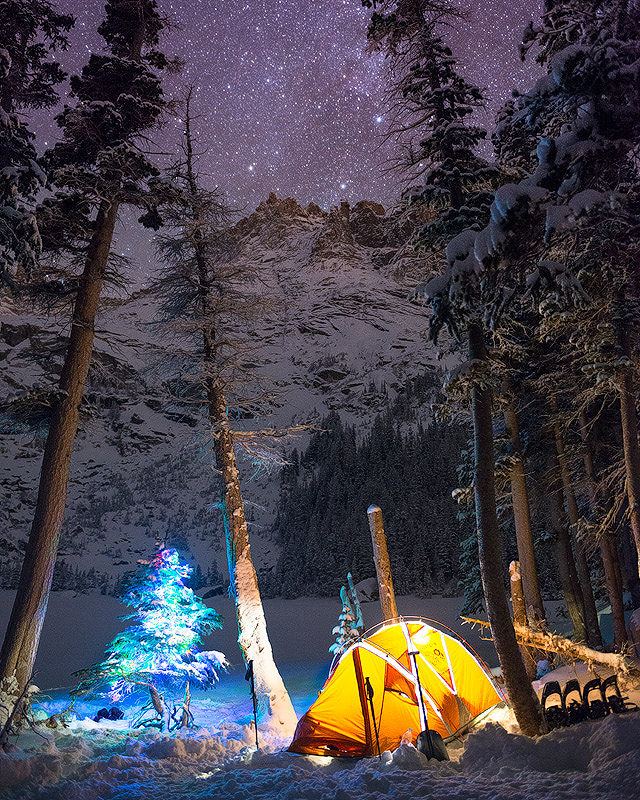
1. Use a “hot water bottle”
I get REALLY cold, like REEEAAALLLY cold. I was awake shivering the entire night during my first winter camping trip. I knew it would be crazy cold… but seriously?! After that awful night a friend told me about the hot water bottle trick. Boil some water, fill up your water bottle (I use a Nalgene), slip it into your sleeping bag, and voila = warmth. Here are some Nalgene options:
2. Rock that neck warmer
These things are essential in my opinion. I like to hike in my wool Buff to protect my neck, face and lips from the harsh conditions, and then sleep with my dry Turtle Fur either around my neck/head or on my inflatable camping pillow (I hate that plastic feeling on my face).
3. Snuggle with your hiking boots
Say what?! Yep, I learnt this trick the hard way (like all of them really…) If you leave your boots in the vestibule of the tent, you will wake up to hard, icy and potentially snow filled boots. This is a recipe for frostbite. So before getting into bed, clean the snow off your boots and place them inside your tent. If it’s really cold then you may even need to put them in the end of your sleeping bag (take a spare plastic bag). If you want toasty feet in the morning a nice trick is to make some more hot water bottles and place them in your boots for 10 minutes.
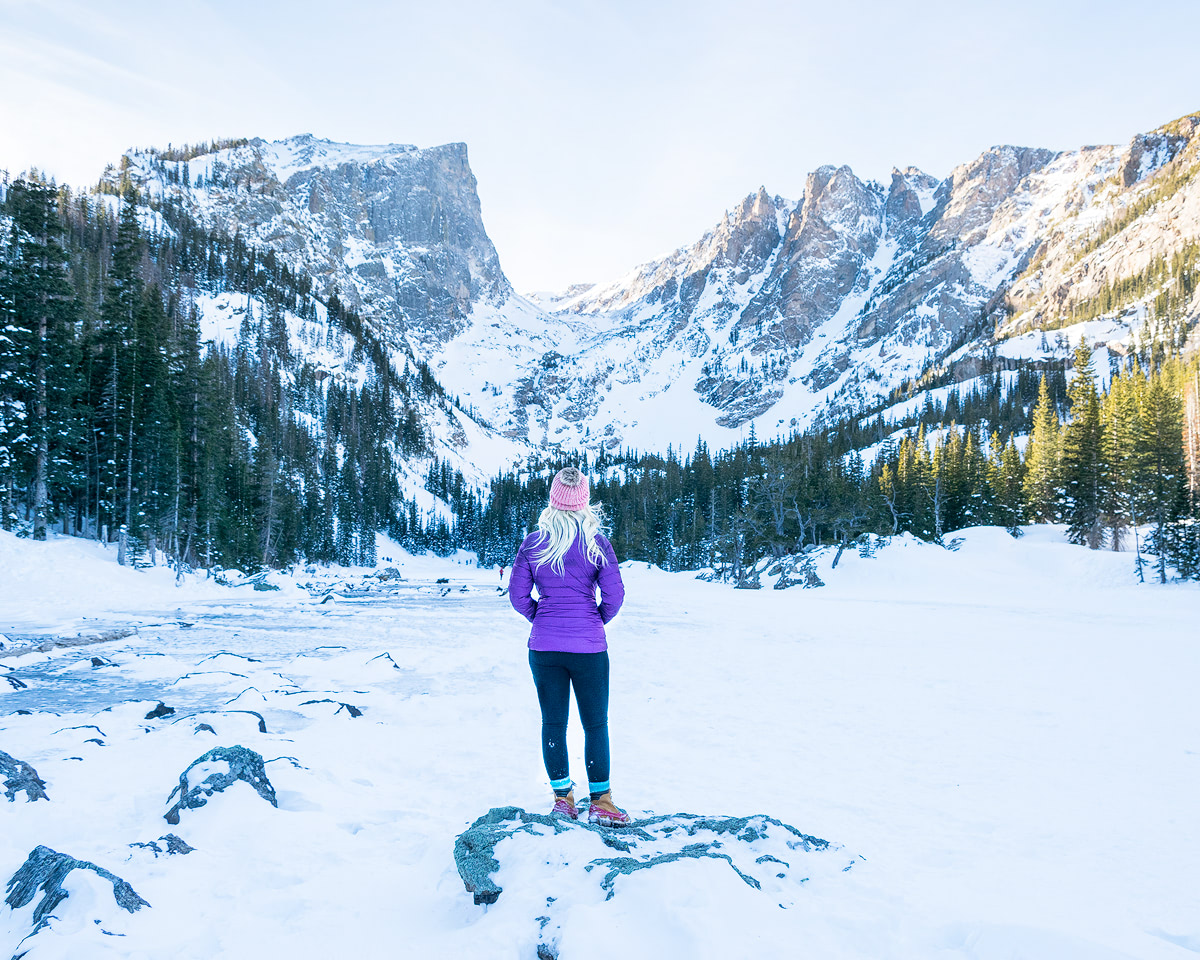
4. Down booties will be your best friend
I love my down booties when winter camping, and my husband also loves his. I mean, who doesn’t like sleeping with warm feet? I even put toe warmers in mine for extra warmth. Are you sensing a theme here?
5. Take hiking poles
I don’t usually hike with poles during the summer but they are a must in winter. If you are snowshoeing then you will probably need them to stabilize yourself and push through that snow. But the main reason you should have them is to hold your tent down. You cannot use regular tent pegs in the snow so that’s where your long hiking poles come in handy.
6. Allow extra time
Everything takes longer in the snow. Snowshoes are slower to walk in, your pack will be heavier with all that winter gear, the sun will set earlier, and your fingers won’t work as fast when they are freezing. So allow yourself loads of time to hike in and set up camp.
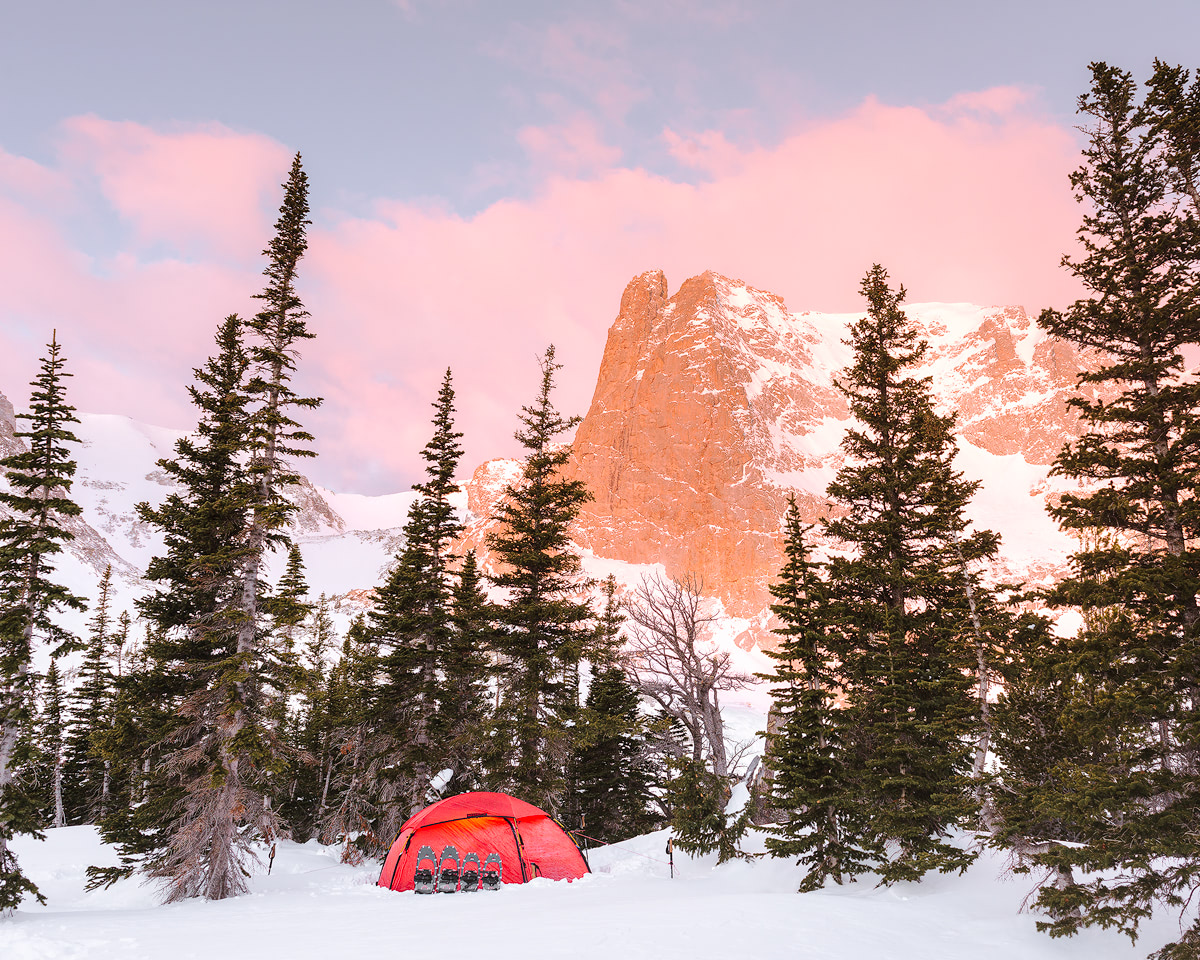
7. Take a Therm-a-Rest Z seat pad
Therm-a-Rest Z seat pads weigh almost nothing, they are super cheap, and they serve so many functions. I like to use mine to set the gas canister and Jetboil on so that it stays a little warmer and doesn’t shut off. That happened to me during my first winter camping trip when I had placed the canister directly on the snow… and it wasn’t fun! You can also use the Z seat pad to sit on, or place anything on top that you don’t want sitting directly on the snow (boots, pack, food, cups, etc.)
8. Bring something to do
It gets dark and extremely cold very early. You cannot light campfires in many parks even in the winter, so once the light is gone there won’t be much to do other than hitting the sack. I personally cannot make myself fall to sleep at 7pm… so I like to bring my journal, Kindle or some games on my phone to keep myself company until I get tired enough to fall asleep.
9. Keep it in your pocket
Use that inner pocket in your jacket (or if you have room in your gloves) to store your phone, spare camera batteries, and a lip balm. Your phone will turn off in seconds if you keep it outside in the cold, and no one likes a frozen lip balm… Another trip is to keep a hand warmer in the pocket with your items.
10. Hot chocolate is a must
I don’t think I need to explain further.
Lastly, always leave no trace
Just a quick (but very important!) note about abiding by leave no trace (LNT) principles and respecting nature. Please be sure to educate yourself on proper hiking etiquette before heading out hiking or camping. More information can be found via the Leave No Trace Center for Outdoor Ethics.
- Know the regulations and special concerns for the area you’ll visit
- Stay on established trails and durable surfaces
- Keep campsites small. Focus activity in areas where vegetation is absent, or camp on snow pack.
- Pack it in, pack it out (do not leave any trash int the backcountry)
- Examine, but do not touch cultural or historic structures and artifacts
- Leave rocks, plants and other natural objects as you find them
- Where fires are permitted, use established fire rings, fire pans, or mound fires
- Keep fires small. Only use sticks from the ground that can be broken by hand
- Burn all wood and coals to ash, put out campfires completely, then scatter cool ashes
- Control pets at all times, or leave them at home
- Respect other visitors and protect the quality of their experience
- Be courteous. Yield to other users on the trail
- Observe wildlife from a distance. Do not follow or approach them.
- Never feed animals
More Resources
Get Outside: A Beginners Guide To Hiking
Hiking in Gates of the Arctic National Park
10 Tips to Feeling More at Home on the Road
13 Hacks for Traveling Like a Pro
Disclaimer: This post is not sponsored, though it does contain some affiliate links. This means if you buy something my blog will receive a small commission at no extra cost to you.
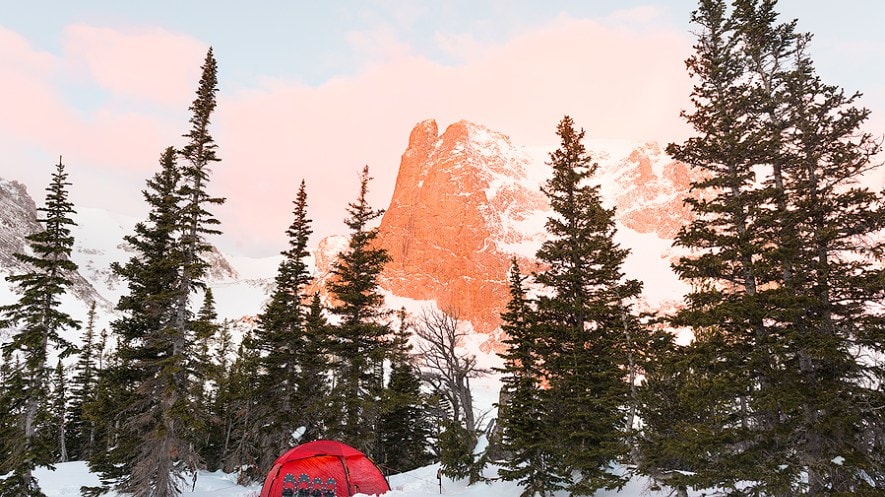
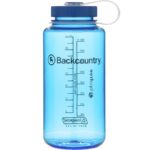
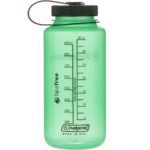
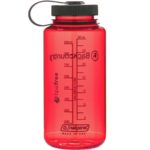
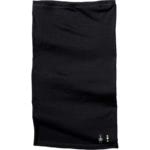
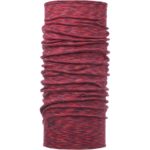
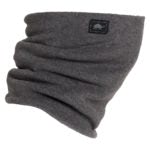
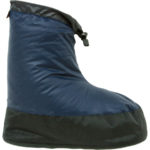
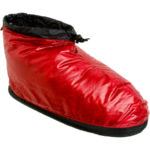
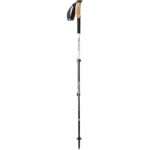

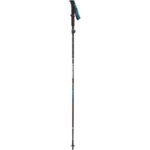
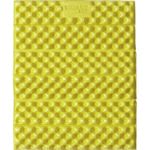
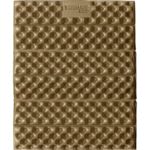

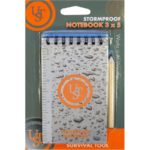
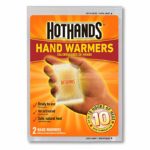
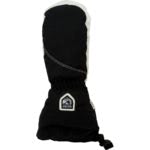
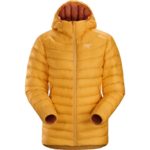
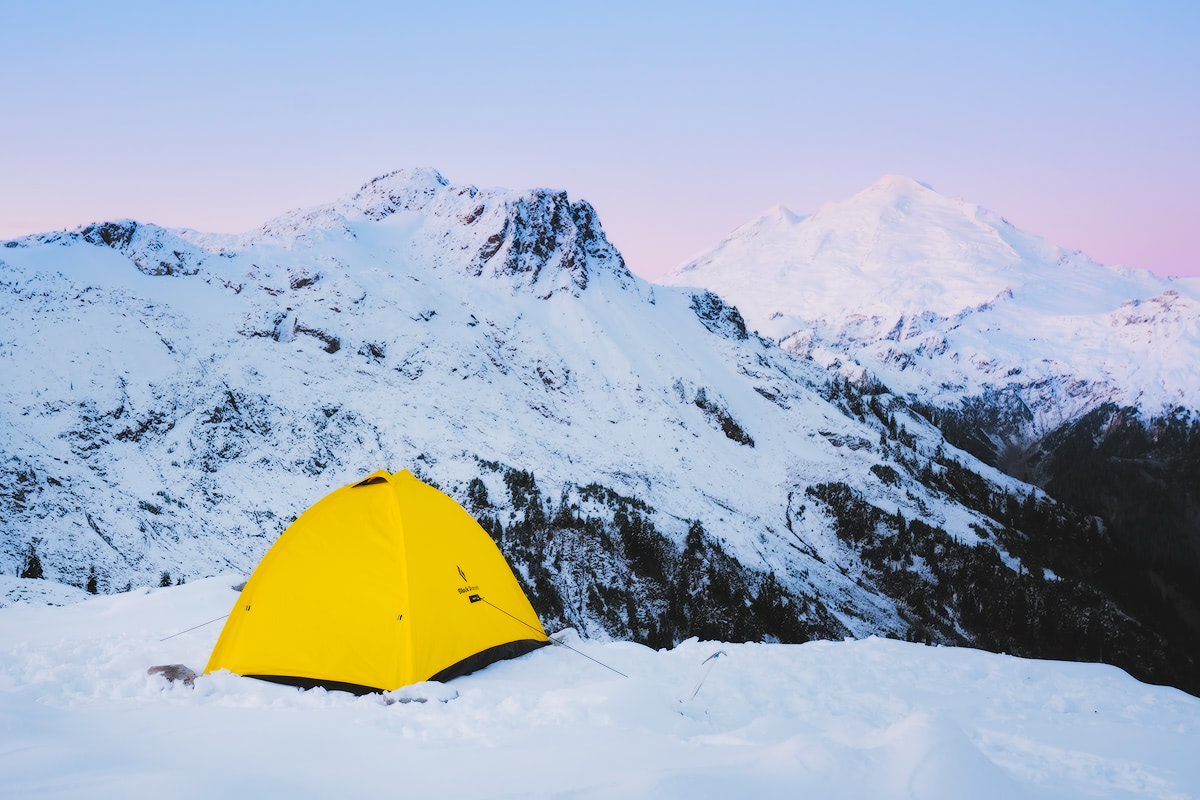
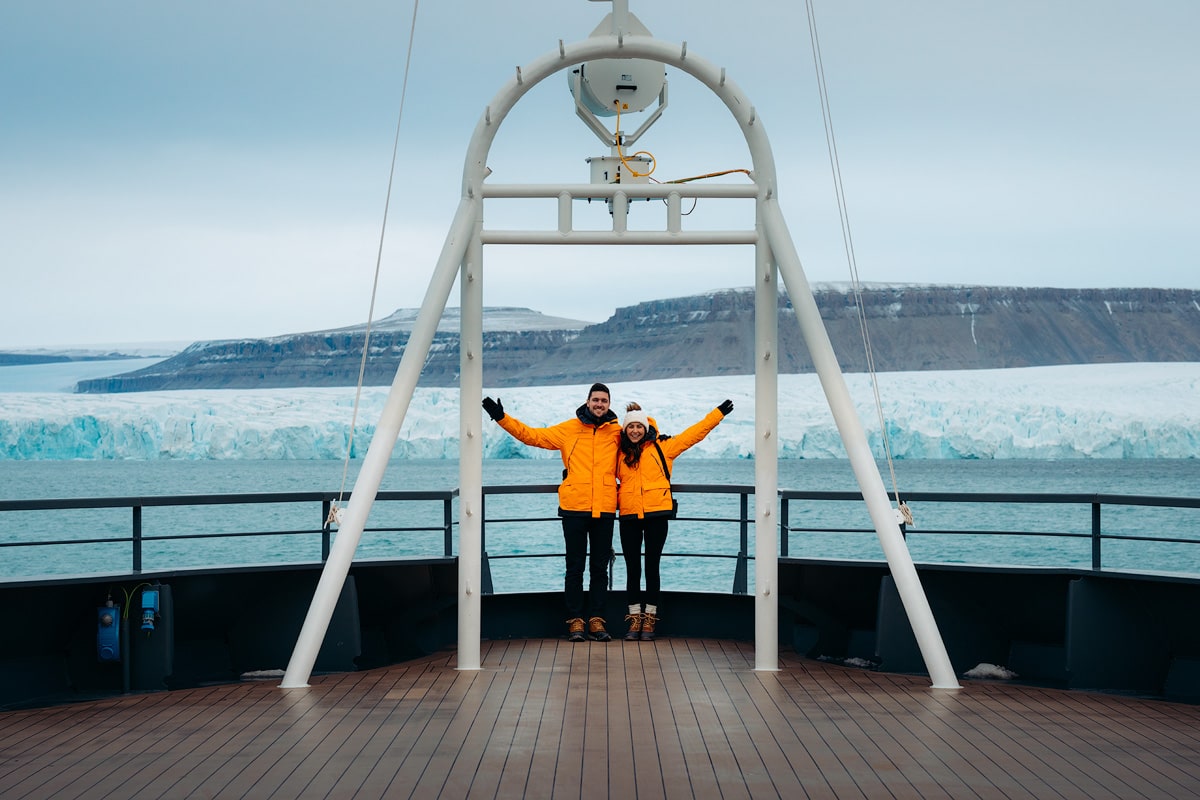
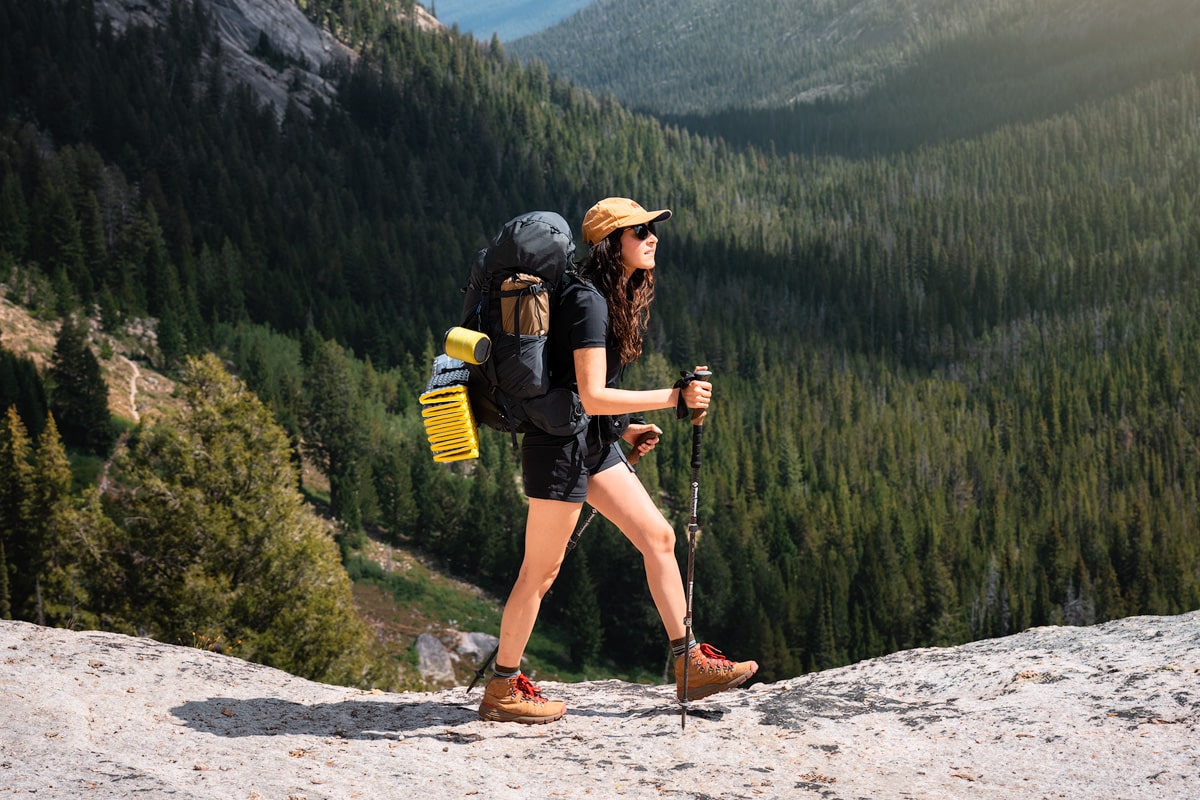
nice blog
Gr8 ideas. Thanks for sharing. Yep – prep and the right equipment is everything when it comes to camping! Took me years to perfect our checklist and I recently put that on my site to help other fellow campers. Stop by if you like. Camp more, worry less. 🙂
Thx 4 sharing. Loved it.
Condensation can occur on the inside surface of a roof or ceiling at any time when the temperature of the surface is at or below the dew-point of the air in contact with it. Golden Fleece insulation raises the temperature on the insulated surface above the dew-point temperature.
Great tips for winter camping. I would like to add here “A good tent with great insulation system is a must for outdoor camping in winter”.
Hi Renee-
I found you via Instagram! What type of Down Booties do you use? I live in California, but while camping over New Years in Joshua Tree I was FREEZING. I think these may be my answer!
Thanks!
Hannah
Instagram: hkfleming
Sorry for the slow reply, I missed your comment. I use the Goose Feet Gear down booties and love them! My husband has the Feathered Friends brand booties and he also likes them. Thanks for reaching out!
You missed my favorite snow camping trick: Insulation is your friend! So carry your thermarest, convince a friend to take another for you and then pack stash a foamy on the outside of your pack as well. Three (3) mats is really the KEY to a good night sleep below zero! I had an older, very experienced backcountry gentleman stick his head in my tent and exclaim "Three mats(!!!), unheard of." It’s worth the ridiculing, trust me on this one!
Yes! I use my winter Exped down mat, which is fairly warm but it would be nice to have another layer below that! I will have to convince Matt to carry my summer one for me next time :p